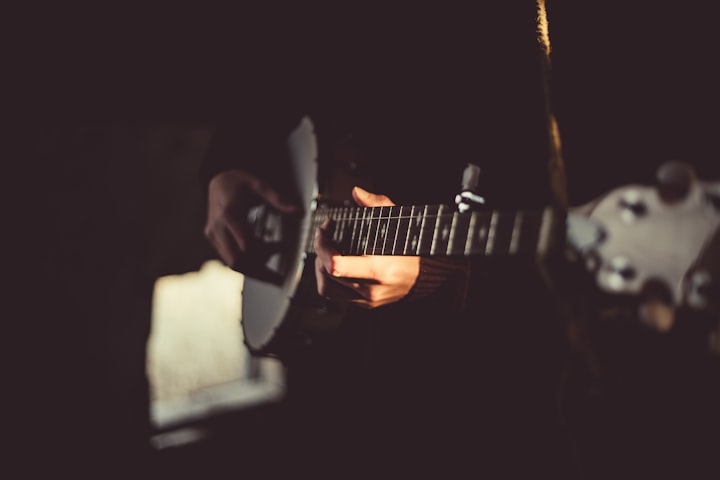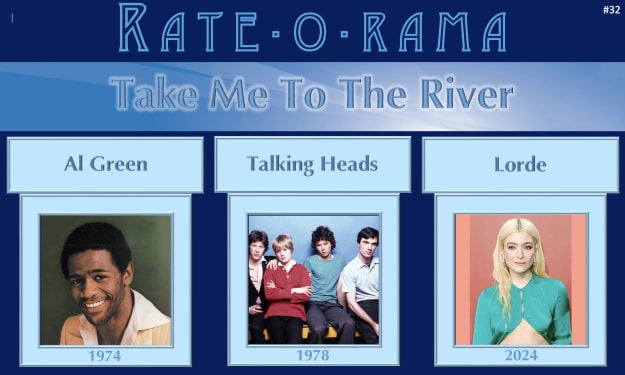Origin and History of Banjo
You probably should have heard about it, it’s called the Banjo. A banjo consists of a drum, a string, a stick to keep the string tight, and a bridge to transport the string’s vibrations to the drum skin.

Whenever you think of a stringed musical instrument, what’s the first one that’s one that comes to your mind?
Probably, guitar, violin, or ukulele, right?
However, there’s also a stringed instrument which was very popular in the late 1800s and early 1900s. It’s even quite popular nowadays!
You probably should have heard about it, it’s called the Banjo. A banjo consists of a drum, a string, a stick to keep the string tight, and a bridge to transport the string’s vibrations to the drum skin.
After playing this amazing instrument and being deeply in love with it, we decided to do a little bit of digging into the history of Banjo. I must say, the findings were quite interesting. Therefore, we decided to share the information with you all.
If you are interested in Banjos, read on to know the origin and history of Banjo.
The Banjo Instrument
Before we get into the detail, let’s get to know the banjo first just in case. The banjo is a stringed instrument with a resonator made of a thin membrane stretched over a frame or chamber. The membrane is commonly circular and composed of plastic. However, it can also be made of animal skin. (not something we’d recommend though)
In a Banjo, screw stretchers are used to adjust the soundboard's tension. The strings are attached to a tailpiece after passing over a violin-style, or pressure, bridge.
The History of Banjo
Although the banjo is commonly thought to be an American instrument, it actually originated on the African continent. The history of the banjo is interesting, and learning more about it might help you appreciate this wonderful instrument even more.
Early Stages
Initially, African-influenced banjos began as a primitive instrument built from a hollowed-out gourd, a few horsehair strings, an animal skin, and a planed pole hundreds of years ago. It was generally known as "Banjar" which clearly shows how little the word has changed over time.
Minstrel Era
The banjo made its way to America and quickly became a popular instrument due to its ease of manufacture and learning to play. The ‘Clawhammer’ and ‘Frailing’ style was originated by these early American banjo players.
This style of playing is almost the total opposite of Scruggs or classical: instead of picking upwards, the fingers play downwards. During the late 1800s, some musicians moved away from this method and created a finger-picking style that is quite similar to how acoustic guitars are played.
Classic Era
Today the term "classic banjo" refers to a bare-finger "guitar style" which was popular among banjo players in the late 19th and early 20th centuries. At that time, Gut strings were almost universally used instead of steel on banjos, and drum skins were made of thin animal hide that was extremely fragile and likely to break.
When the head of the banjo is tight, it sounds better and louder, and before the invention of plastic skins, it was extremely difficult to get the head tight enough to sound well without damaging it. Many professional banjo players used to have a backup banjo in case one of their skins broke during a show!
Jazz Age-era
Rather than the minstrel-banjo clawhammer stroke or the classic-banjo fingerpicking method, new four-string banjos, played with a plectrum became popular in the early 1900s. Changes in musical tastes led to the development of new banjos. In the 1920s and 1930s, nearly all banjos were four-stringed instruments.
Modern Era
The four-string banjo became popular among vaudeville performers and American jazz musicians in the early 20th century. In the mid-twentieth century, Earl Scruggs invented a new technique of playing banjo which became known as the three-finger style.
The tenor banjo has become an inseparable part of Irish traditional music during the last hundred years. It's a relatively recent addition to the genre. If you’re willing to opt for this stringed instrument, make sure to choose the best banjo.
Strings and Tuning of a Banjo
At its early stage, there were four gut strings aka catguts in a banjo. Nowadays, the number strings of banjo range between five to nine strings. A standard Banjo usually comes with 5 metal or bronze strings.
There are several different types of banjos, each with its own tuning. The most common banjo is a five-string banjo, which is tuned in open G and has the notes G, D, G, B, D from the fifth to the first string.
On the other hand, four-stringed banjos are tuned from the head upward, commonly to C′–G′–B′–D′′ from middle C (notated).
Frequently asked questions
Is Playing Banjo Good for Health?
Even if only performed for a few minutes, the banjo gives players and listeners a relaxing feel. According to some studies, playing instruments like the banjo can improve one's brain structure.
Playing banjo also leads to an increase in physical activity. The usage of your arms and back muscles to play and hold the banjo leads to physical activity, whether you're standing or seated. In fact, there are a lot of health benefits to music itself!
Is Banjo Easier than Guitar?
You’ll have to master more notes and finger movements in the guitar than the banjo. Also, the banjo has fewer strings than the guitar which makes it easier to play. Therefore, learning the banjo will be a bit more difficult than learning the guitar.
Final Words
For bluegrass, folk, jazz, country, and Dixieland jazz, the banjo is one of the most important instruments. Learning to play the banjo has incredible benefits for your physical, mental, and emotional health. The banjo occupies your mind and has a good impact on your personal and professional life.
Moreover, learning to play the banjo is enjoyable, and mastering it properly will provide you with a lifetime of enjoyment. Hope our Origin and History of Banjo article helped you to get all the information you needed. Now, get a banjo for yourself and strum away!





Comments
There are no comments for this story
Be the first to respond and start the conversation.